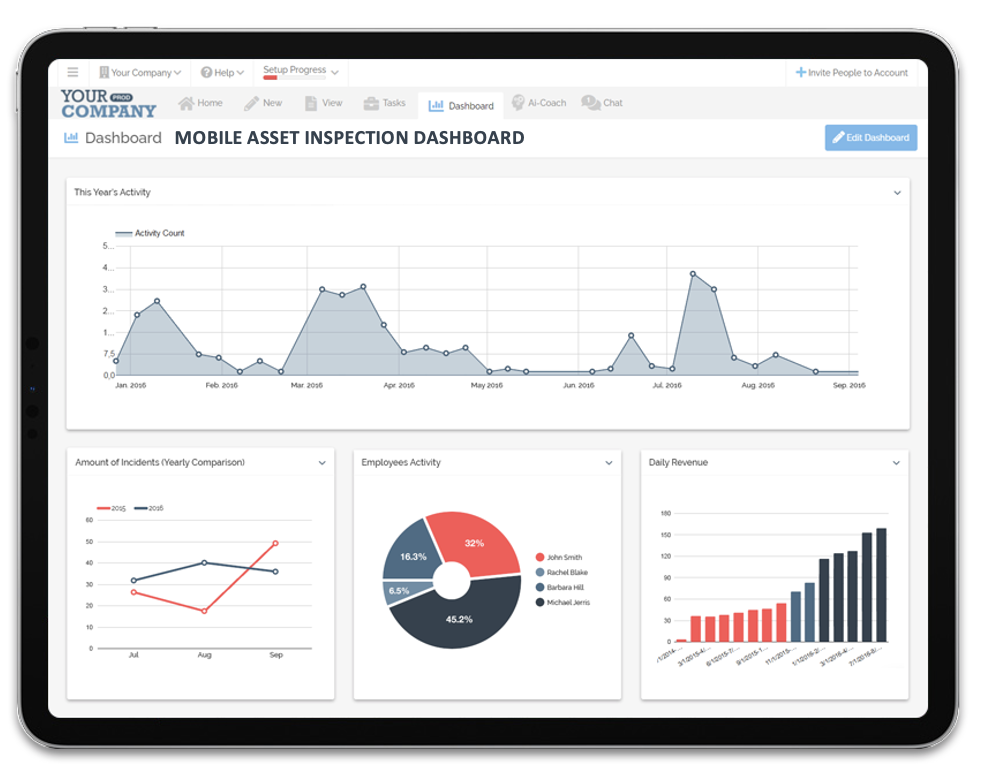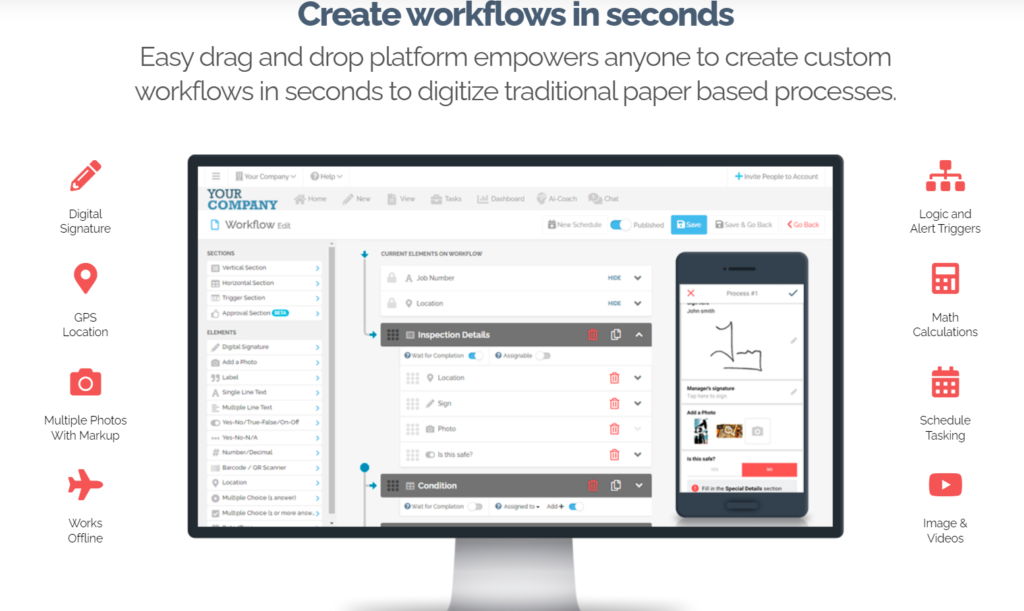Asset management is a critical component of any organization’s strategy to maximize value and minimize risk. Understanding the 5 P’s of asset management can provide a structured approach to managing assets effectively. This article delves into the 5 P’s—Planning, People, Processes, Performance, and Portfolio—and how they contribute to a robust asset management strategy. Additionally, we will explore how FAT FINGER digital workflows can streamline these elements, enhancing efficiency and accuracy. Request a demo today to see how FAT FINGER can revolutionize your asset management practices.
Planning

Planning is the cornerstone of effective asset management. It involves setting clear objectives, identifying resources, and developing strategies to achieve organizational goals. A well-structured plan ensures that assets are utilized optimally, reducing downtime and increasing productivity.
Importance of Planning
Effective planning helps organizations anticipate future needs and allocate resources efficiently. It also aids in risk management by identifying potential issues before they become critical. For example, a manufacturing company might plan for regular maintenance of machinery to prevent unexpected breakdowns.
Challenges in Planning
One of the main challenges in planning is the lack of accurate data. Without reliable information, it’s difficult to make informed decisions. This is where FAT FINGER comes in. FAT FINGER’s digital workflows provide real-time data, enabling organizations to make data-driven decisions. This ensures that planning is based on accurate and up-to-date information, reducing the risk of errors.
People

People are the backbone of any asset management strategy. Skilled and knowledgeable personnel are essential for the effective management of assets. This includes everyone from top management to on-ground staff.
Role of People in Asset Management
Employees play a crucial role in the implementation and success of asset management plans. They are responsible for executing tasks, monitoring performance, and ensuring compliance with regulations. For instance, maintenance staff must be trained to use equipment correctly and perform regular inspections.
Challenges in Managing People
One of the significant challenges is ensuring that all employees are adequately trained and informed. Miscommunication and lack of training can lead to inefficiencies and errors. FAT FINGER addresses this issue by providing a platform for standardized training and communication. With FAT FINGER, organizations can create digital workflows that guide employees through each step, ensuring consistency and reducing the risk of mistakes.
Processes
Processes refer to the methods and procedures used to manage assets. These include maintenance schedules, inspection routines, and compliance checks. Well-defined processes ensure that assets are managed systematically and efficiently.
Importance of Processes
Having standardized processes in place ensures consistency and reliability. It also helps in maintaining compliance with industry standards and regulations. For example, a hospital might have processes for regular equipment sterilization to ensure patient safety.
Challenges in Implementing Processes
One of the main challenges is ensuring that processes are followed consistently. Manual processes are prone to errors and inconsistencies. FAT FINGER solves this problem by digitizing workflows. With FAT FINGER, organizations can create automated processes that are easy to follow and monitor. This ensures that all tasks are completed accurately and on time.
Performance

Performance measurement is crucial for evaluating the effectiveness of asset management strategies. It involves tracking key performance indicators (KPIs) to assess how well assets are being managed.
Importance of Performance Measurement
Measuring performance helps organizations identify areas for improvement and make informed decisions. It also provides insights into the effectiveness of asset management strategies. For example, a utility company might track the performance of its infrastructure to identify areas that need maintenance or upgrades.
Challenges in Measuring Performance
One of the significant challenges is collecting and analyzing data. Manual data collection is time-consuming and prone to errors. FAT FINGER addresses this issue by providing real-time data collection and analysis tools. With FAT FINGER, organizations can track KPIs effortlessly, ensuring accurate and timely performance measurement.
Portfolio
The portfolio refers to the collection of assets managed by an organization. Effective portfolio management involves balancing risk and return to maximize value.
Importance of Portfolio Management
Managing a diverse portfolio of assets helps organizations spread risk and optimize returns. It also enables better resource allocation and strategic planning. For example, an investment firm might manage a portfolio of stocks, bonds, and real estate to achieve a balanced risk-return profile.
Challenges in Portfolio Management

One of the main challenges is ensuring that all assets are managed effectively. This requires accurate data and efficient processes. FAT FINGER provides a comprehensive solution for portfolio management. With FAT FINGER, organizations can track and manage all assets in one place, ensuring that nothing is overlooked. This enhances efficiency and reduces the risk of errors.
Conclusion
Understanding and implementing the 5 P’s of asset management—Planning, People, Processes, Performance, and Portfolio—can significantly enhance an organization’s ability to manage its assets effectively. Each element plays a crucial role in ensuring that assets are utilized optimally, risks are minimized, and value is maximized.
FAT FINGER offers a comprehensive solution to streamline these elements through its digital workflows. By providing real-time data, standardized processes, and automated workflows, FAT FINGER ensures that organizations can manage their assets efficiently and accurately. Create a mobile asset inspection workflow for free on FAT FINGER or request a demo today to see how FAT FINGER can transform your asset management practices.

